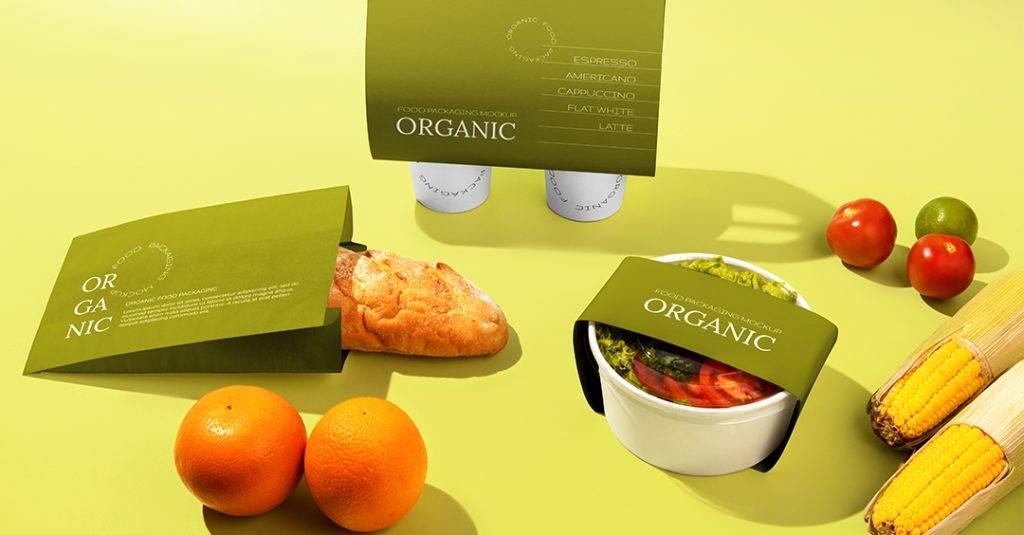In today’s globalized world, ensuring the safety of food packaging is of paramount importance. This is especially true in developing countries, where the implementation of food safe inks plays a crucial role in maintaining public health. As consumers become more conscious of what they eat, the demand for safe packaging solutions has increased. This article delves into the significance of food safe inks in developing countries, examining the challenges and potential solutions.

Understanding Food Safe Inks
Food safe inks are specially formulated to ensure that they do not transfer harmful chemicals onto food products. These inks are crucial for maintaining the safety and quality of packaged foods. In developing countries, where regulations may be less stringent, ensuring the use of food safe inks is essential to protect consumers.
The Importance of Food Safe Inks
Using food safe inks in packaging is not just a regulatory requirement but also a significant factor in building consumer trust. Brands that prioritize food safety tend to have a better reputation and enjoy greater consumer loyalty. Choosing safe inks for brands is essential for maintaining this trust.
Challenges in Implementing Food Safe Inks
Developing countries face unique challenges when it comes to implementing food safe inks. These include lack of awareness, insufficient regulatory frameworks, and limited access to advanced ink technologies. Overcoming these challenges requires concerted efforts from governments, industry stakeholders, and international organizations.
Regulatory Frameworks and Standards
Regulations play a vital role in ensuring the widespread adoption of food safe inks. In many developing countries, the regulatory frameworks are still evolving. There is a need for harmonized standards that align with international best practices. This will help ensure that food packaging is safe and meets consumer expectations.
Global Standards for Food Safe Inks
International standards, such as those set by the International Organization for Standardization (ISO), provide valuable guidelines for producing and using food safe inks. Adopting these standards can help developing countries enhance their food safety measures.
Local Regulations and Their Impact
In many developing nations, local regulations are in a state of flux. Improving these regulations and ensuring their enforcement can significantly impact the safety of food packaging. This requires collaboration between government agencies and industry players.
Technological Innovations in Food Safe Inks
Advancements in ink technology have made it possible to produce food safe inks that meet strict safety standards. These innovations are crucial for developing countries, where access to cutting-edge technology can be limited. Inks for metal packaging are a great example of how technology can enhance food safety.
Benefits of Technological Advancements
Technological advancements in food safe inks offer several benefits, including improved print quality, enhanced durability, and greater safety. These benefits are particularly important for developing countries, where ensuring the longevity and safety of packaged foods is a priority.
Overcoming Technological Barriers
Despite the benefits, technological barriers remain a significant challenge. Overcoming these barriers requires investment in research and development, as well as partnerships with international ink manufacturers.
Economic Implications of Food Safe Inks
The adoption of food safe inks has significant economic implications for developing countries. By ensuring food safety, these countries can enhance their export potential and attract foreign investment. This, in turn, can lead to economic growth and development.
Boosting Exports Through Safe Packaging
Safe packaging is crucial for boosting exports in developing countries. By implementing food safe inks, these countries can ensure that their products meet international safety standards, thus enhancing their competitiveness in the global market.
Attracting Foreign Investment
Foreign investors are increasingly looking for safe and sustainable investment opportunities. By prioritizing food safe inks, developing countries can attract investment in their food and packaging industries, leading to job creation and economic growth.
Environmental Considerations
Environmental sustainability is a critical consideration when it comes to food safe inks. Many inks are formulated to be environmentally friendly, reducing their impact on the planet. This is an important factor for developing countries, where environmental concerns are becoming increasingly significant.
Sustainable Ink Formulations
Sustainable ink formulations are designed to minimize their environmental impact. These inks are made from renewable resources and are biodegradable, making them an ideal choice for environmentally conscious consumers and manufacturers.
Reducing Environmental Impact
By adopting food safe inks that are environmentally friendly, developing countries can reduce their environmental footprint. This is crucial for maintaining the health of the planet and ensuring a sustainable future.
Conclusion
In conclusion, the implementation of food safe inks in developing countries is essential for ensuring food safety and consumer trust. While challenges remain, there are significant opportunities for growth and development. By adopting international standards, investing in technology, and prioritizing environmental sustainability, developing countries can enhance their food safety measures and improve their economic prospects.

FAQs
What are food safe inks?
Food safe inks are specially formulated to prevent harmful chemicals from transferring onto food products. They are used in food packaging to ensure the safety and quality of packaged foods.
Why are food safe inks important in developing countries?
In developing countries, ensuring the use of food safe inks is crucial for protecting consumers and maintaining public health. It also helps build consumer trust and enhances export potential.
How can developing countries implement food safe inks?
Developing countries can implement food safe inks by adopting international standards, investing in technology, and improving local regulations. Collaboration between governments, industry stakeholders, and international organizations is essential.
This article contains affiliate links. We may earn a commission at no extra cost to you.






